Although the mark of countless successful theatrical performers is their passion, it takes a special combination of versatility and compassion to transition theatre skills into a healthcare setting. Tiffany Riley does precisely this work as a healthcare clown and a founder of the Laughter League and North American Federation of Healthcare Clown Organizations (NAFHCO). The mental health benefit provided by a clown’s visit is undeniable, leaving a “long-lasting shimmer of hope and good humor in the environment,” according to Riley. At a recent hospital visit, as she and her clown partner were leaving a child’s hospital room, they noticed three doctors standing outside the room, waiting until the clowns finished so they could enter. “That never would have happened twenty years ago,” she told me, “the trajectory has been doctors would barrel in and walk right past you as if you didn’t exist. But that relationship has changed through years of being present and doing good work. [Doctors have seen] the change in mood, how kids, families, and staff feel after being visited by a professional team of clowns.” Yet consistent, good work can only be observed by people in the healthcare setting. Many healthcare clowns struggle to explain their work to people outside of that environment.
So how exactly do healthcare clowns operate? Depending on the hospital, clowns make rounds in departments as varied as oncology, orthopedic, transplant, outpatient clinic settings, and even the emergency room. The goal of every healthcare clown is to offer opportunities for empowerment in their interactions with patients. In pediatric care, clowns are the only people in the hospital a child can say “no” to, as opposed to all the medical professionals who walk through their door. As Denise Arribas, former Company Director of Humorology Atlanta, says, “When a child enters a hospital, they change their clothes into hospital gowns, they are not in school surrounded by their friends, and they are not in their homes with their family and toys. Sadly, once in the hospital, a child is more likely to be identified by their illness than by their name.” Healthcare clowns reconnect patients to their vitality and individuality.
Most people’s first association with healthcare clowning is Patch Adams, either the man himself or Robin Williams’ portrayal of him in the eponymous 1998 movie. Although Patch is certainly “the first known person in the modern era to use applied humor in the health care setting,” according to Tiffany Riley in her book Beyond the Red Nose, the healthcare clowns I interviewed more frequently cited Michael Christensen as the “father” of healthcare clowning. Prior to his hospital work, Christensen co-founded the Big Apple Circus in 1977. After Christensen lost his brother to cancer and subsequently performed at a hospital function, which he described as “the most fulfilling twenty minutes of his career,” he adapted the Big Apple Circus’ signature parody style to the hospital environment by dressing up like doctors and parodying their behavior. In 1986, this method grew into the Big Apple Circus Clown Care Unit, which trained many (if not most) of the successive generation of healthcare clowns. Also important in healthcare clowning’s origin story is Karen Ridd, a professional clown and a specialist in the fields of child life and play therapy, who separately began a program in 1986 in Winnipeg, Canada, and made influential contributions to the field from the child life perspective.
Fast forward to 2022, when there are 214 international member organizations in the European Federation of Healthcare Clown Organizations (EFHCO) and nine member organizations in NAFHCO, and it’s easy to see how this work has flourished since Christensen founded the Big Apple Circus Clown Care Unit. When the Big Apple Circus declared bankruptcy in 2016, many of the Clown Care Unit programs were able to continue operation thanks to funding from their hospital partners. Healthcare clowning has also been embraced globally. Israel’s Dream Doctors founded the first formal training program in collaboration with the University of Haifa in 2006 and have spearheaded much of the scientific research behind the effectiveness of healthcare clowns in improving medical outcomes. In Buenos Aires, Argentina, a law passed in 2015 requires all public hospitals with pediatric services to work jointly with healthcare clowns. Yet healthcare clowns in the United States have struggled to prove their legitimacy and value, despite residing in the birthplace of modern-day healthcare clowning.
The goal of every healthcare clown is to offer opportunities for empowerment in their interactions with patients.
There is one inevitable barrier to acceptance that healthcare clowns face in the United States: Americans are afraid of clowns. While a statistically miniscule portion of the population has been diagnosed with coulrophobia (the fear of clowns), culturally, there is very little goodwill towards anyone in a clown costume. During the “Great Clown Scare” of 2016, Vox’s survey of 1,999 Americans indicated that more Americans were afraid of clowns than a possible terrorist attack, a family member dying, climate change, biological warfare, Obamacare, heights, needles, ghosts, and death. The roots of this fear appear to be multiple: clowns are represented negatively in cultural references such as Poltergeist, Killer Klowns from Outer Space, Stephen King’s It, and serial killer John Wayne Gacy. Another factor is the characteristic appearance of clowns, which Calvin Kai Ku, former Executive Director of the Medical Clown Project, says is “a very one-dimensional look, you’re going to see curly hair, white makeup, big clothing, big shoes—that’s the clown everyone stereotypically sees.” This look was originally designed for circus arenas where the clowns’ exaggerated costume and make-up would be seen from far away, and when observed from up close can appear unsettlingly uncanny. Regardless of cause, this fear is so pervasive that a 2008 University of Sheffield study of over 250 children ages four to sixteen found clowns to be “universally disliked” by all ages.

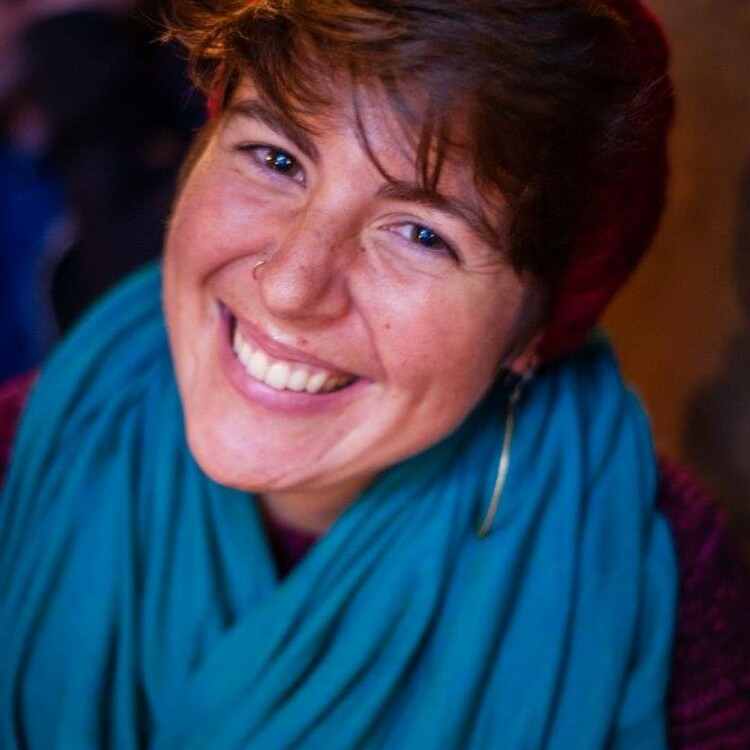
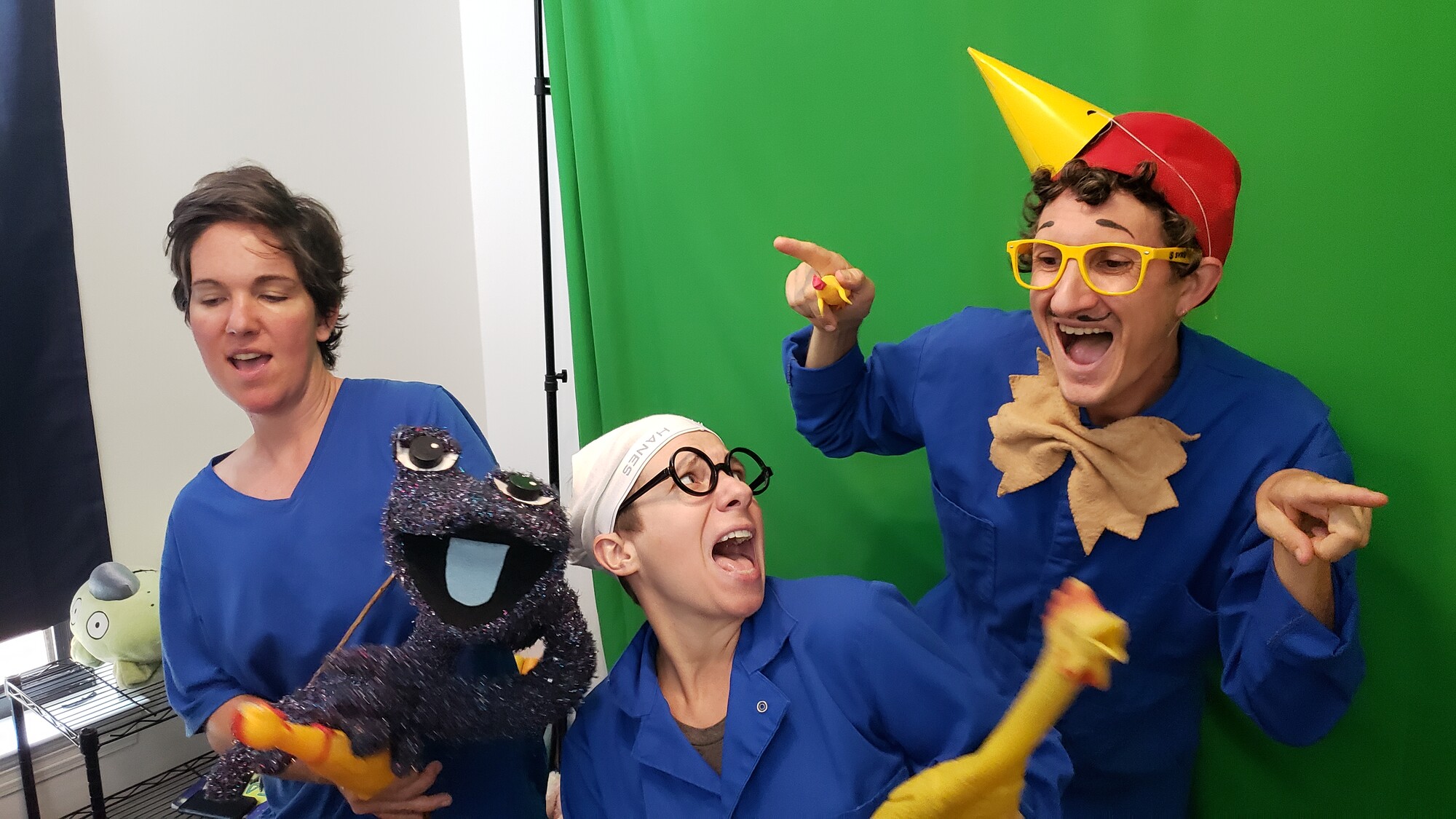
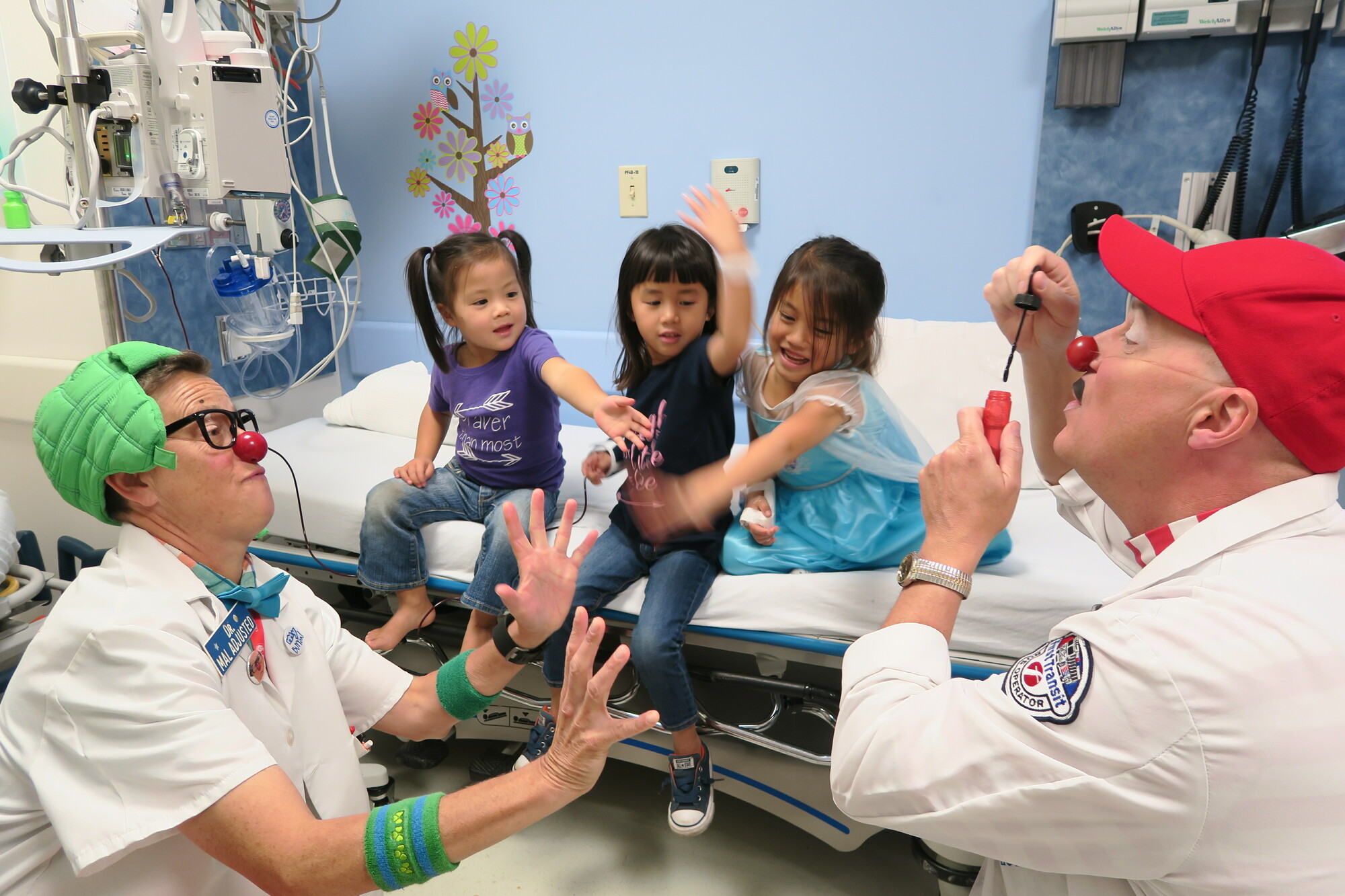
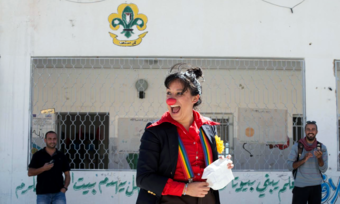

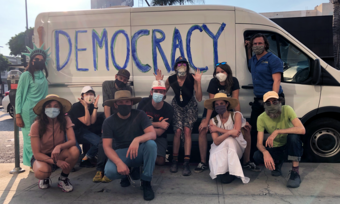


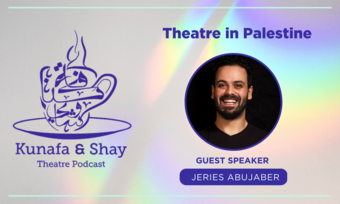



Comments
The article is just the start of the conversation—we want to know what you think about this subject, too! HowlRound is a space for knowledge-sharing, and we welcome spirited, thoughtful, and on-topic dialogue. Find our full comments policy here